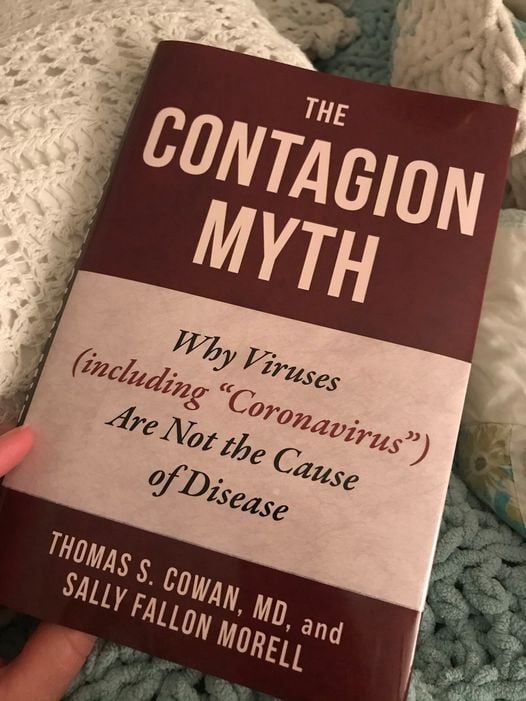
Tommy Wells writes:
Just ordered this book… …my background thoughts before I get it/read it.
I think we’ve been tricked. I think RNA viruses get their genes from the living cells of their hosts. It’s all derived from the genome of the individual via a recombination of DNA elements. In fact, that may be one of the main purposes of viruses: to act as a producer of variation. The human genome, massive and genius as it is, does not have the capacity to store all the information for dealing with all of the trillions of potential biological threats out there, so some have hypothesized that viruses may be a mechanism to reshuffle or unleash cryptic information within. (https://evoinfo.org/papers/auxilary/borger3.pdf)
So basically, getting sick may all be in-house. I know some of you are familiar with the Pasteur vs Bechamp debate; Pasteur believed germs (an outside cause) were responsible for disease, where Bechamp believed that disease was a consequence of cellular terrain (an internal cause).
The same basic concept was debated years later in regards to evolution between Darwin, who believed adaptation was a population phenomenon, caused by natural selection (an outside force which eliminated the genetically unfit) and Lamarck, who believed adaptation was an internal event that created fitness within individuals via endogenous mechanisms. Over the decades, it is clear that Darwin was wrong, as individuals have a huge toolbox of adaptive mechanisms within that are highly regulated and can crank out helpful traits both during development and later, all throughout life. Epigenetics, Horizontal gene transfer, mutation and a host of other endogenous mechanisms seem to miraculously spring into action to help their hosts survive when they are stressed or challenged by the environment. The Darwinians have been forced over the decades, begrudgingly to accept these mechanisms, as all of them are highly regulated and contradictory to Darwin’s claim that adaptation was an external force (natural selection).
When it comes to viruses, it may be that they are just one of the ingenious tools we have in our genetic toolbox that help us survive environmental assaults (internal and external). And sure enough viruses are even known to be agents of morphological change; they can alter body color, the formation of wings in flies, etc. The Rous Sarcoma virus is a tumor virus that affects many animals and is known to pick up segments of cell RNAs into their genomes. Specifically the c-src transcript is taken up from the host and used as an oncogene. Many other cancers acquire viral RNA transcripts and are understood to be encoded by the host’s genome: https://www.sciencedirect.com/topics/immunology-and-microbiology/rous-sarcoma-virus
If you’ve read my posts about cancer before, you may know that I believe tumors are defense mechanisms put into place to help isolate/sequester what would otherwise be runaway toxicity and associated inflammation…tumors, though they have a bad rap, actually help keep the tissues alive in hypoxic regions so that large portions of the body don’t die, experience necrosis and waste away (cachexia). It makes sense that certain viruses, which are very sensitive to hypoxia, may actually be involved in this whole process and act as a trigger for tumor formation. And sure enough, tumors are teeming with viruses, all of which most certainly originated in the host genome via recombination.
Influenza viruses are known to trigger a release of accumulated biofilm, (https://mbio.asm.org/content/7/4/e01235-16) which is what I think this COVID virus is doing. Biofilms in the lungs and many other places harbor toxic carcinogens and heavy metals, and viruses may actually be a detoxification agent that triggers the release of pent up toxicity, which may help a person avoid serious health conditions down the line.
Ultimately though, I think viruses are biological effects, not causes of disease..symptoms arise, not from the virus, but from our own immune system, which is attempting to detoxify the body from pent-up poisons. I’m sure this will be a good book.
